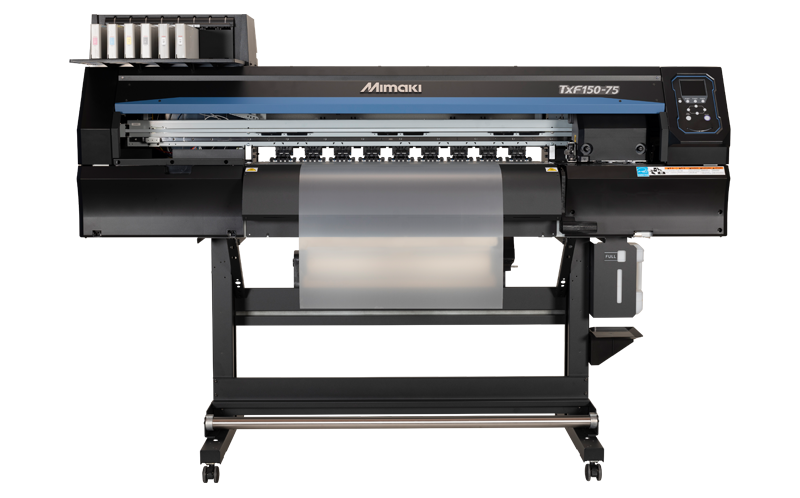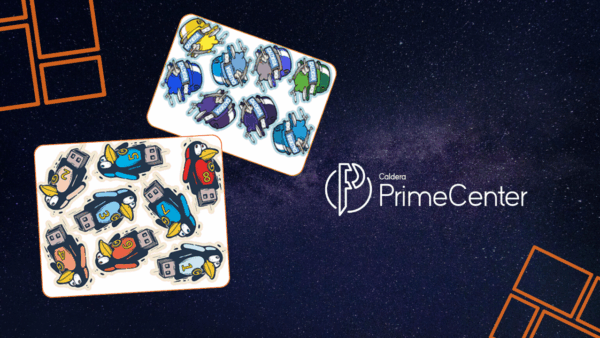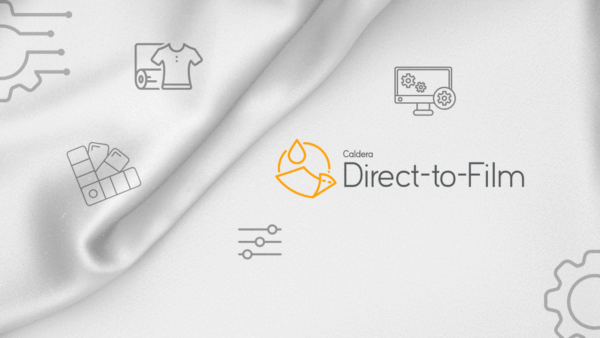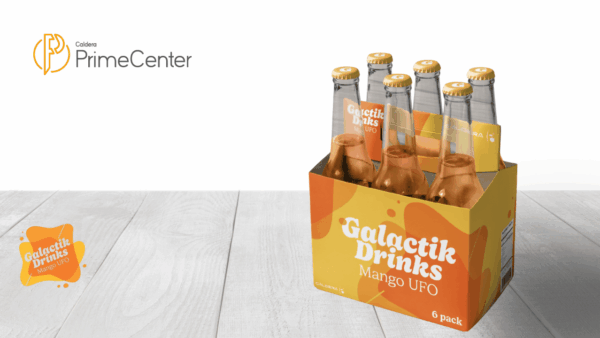
What is a DTF printer, how to print DTF transfers, and what makes them both so special?
June 24, 2025
Beginners in DTF printing start by asking the question: What exactly is a DTF printer, and why should I buy them for my business? They also want to know how to print DTF transfers.
DTF printing is a technique that’s widely used today. It is a method that allows printers to print multiple designs on special films and then transfer them to a t-shirt or another type of clothing.
This is the quickest way to deliver more items and speed up production. For this, you will need a DTF printer, DTF transfers, and a DTF RIP software like Caldera Direct-to-Film.
What is a DTF printer, and how does it function?
A common question many people ask when exploring new printing technologies is: what is a DTF printer?
A DTF printer, which stands for Direct‑to‑Film printer, is a specialized printer used to create colorful, high‑quality designs that can be transferred onto fabrics and other surfaces. Unlike traditional methods, it works by printing the design onto a special film, applying an adhesive powder, and then curing it with heat.
The result is a durable, flexible, and accurate print that can be pressed onto garments like t‑shirts, hoodies, and tote bags. This makes the DTF printer a popular choice for businesses and creators looking for an efficient, versatile way to produce custom apparel and textiles. The Mimaki TxF150 and TxF300 are great examples of DTF printers.

The Mimaki Tx150‑75 is a professional textile printer — a special machine designed to print images and patterns directly onto fabric. Unlike a regular printer that uses paper, this one works with cloth, making it ideal for things like creating custom scarves, t‑shirts, or home décor.
Here’s how it works:
- The printer uses dye‑sublimation or textile pigment inks (special ink for fabric) that are sprayed precisely onto the material.
- The fabric goes through the printer, and a printhead moves back and forth, putting tiny droplets of ink in a precise pattern.
- After printing, the fabric usually needs to be heated so the ink sticks well and becomes washable and long‑lasting.
People use the Mimaki Tx150‑75 when they want high‑quality, sharp, and colourful designs that won’t fade easily. It’s popular in fashion, custom decoration, and making personalised fabric products.
How to Print DTF Transfers
Like we have already discussed in the article What is Direct-to-Film printing, to print DTF transfers, you will need to follow some specific steps. We have also discussed this in our article: DTF vs. DTG. Here is a recapitulation of the steps needed to print your DTF transfers:
- Prepare your design and send it to the printer using Caldera Direct-to-Film RIP software.
- The software optimizes color and manages white ink for the best print quality.
- Print the design onto a special film.
- Apply adhesive powder to the wet printed design to help it stick to fabric.
- Cure the film with heat to set the adhesive powder.
- Use a heat press to transfer the design from the film onto the fabric.
- The result is a vibrant, durable print ready for use.
- Caldera’s software makes the process efficient, reliable, and produces consistent, professional-quality transfers.
What makes DTF transfers special — and how Caldera makes them better
DTF transfers are not just another way to print on fabric; they’re a print revolution. They let you create bold and highly detailed designs on a special film, making it possible to decorate almost any material, from t‑shirts and jackets to tote bags and caps. The best part? The results are soft to the touch, durable, and built to last, wash after wash.
But making a great DTF transfer isn’t just about having the right printer — it’s about having the right software. That’s where Caldera’s Direct‑to‑Film RIP intervenes.
With Caldera, you get:
- True-to-Brand colors — Your designs come out exactly as you intended.
- Significant time-savings — Save time by using only the features you need.
- Autonomous learning – Learn while printing
DTF transfers open up multiple possibilities for personalised products and on‑demand printing, and Caldera gives you the tools to do it like a professional.
Related articles


